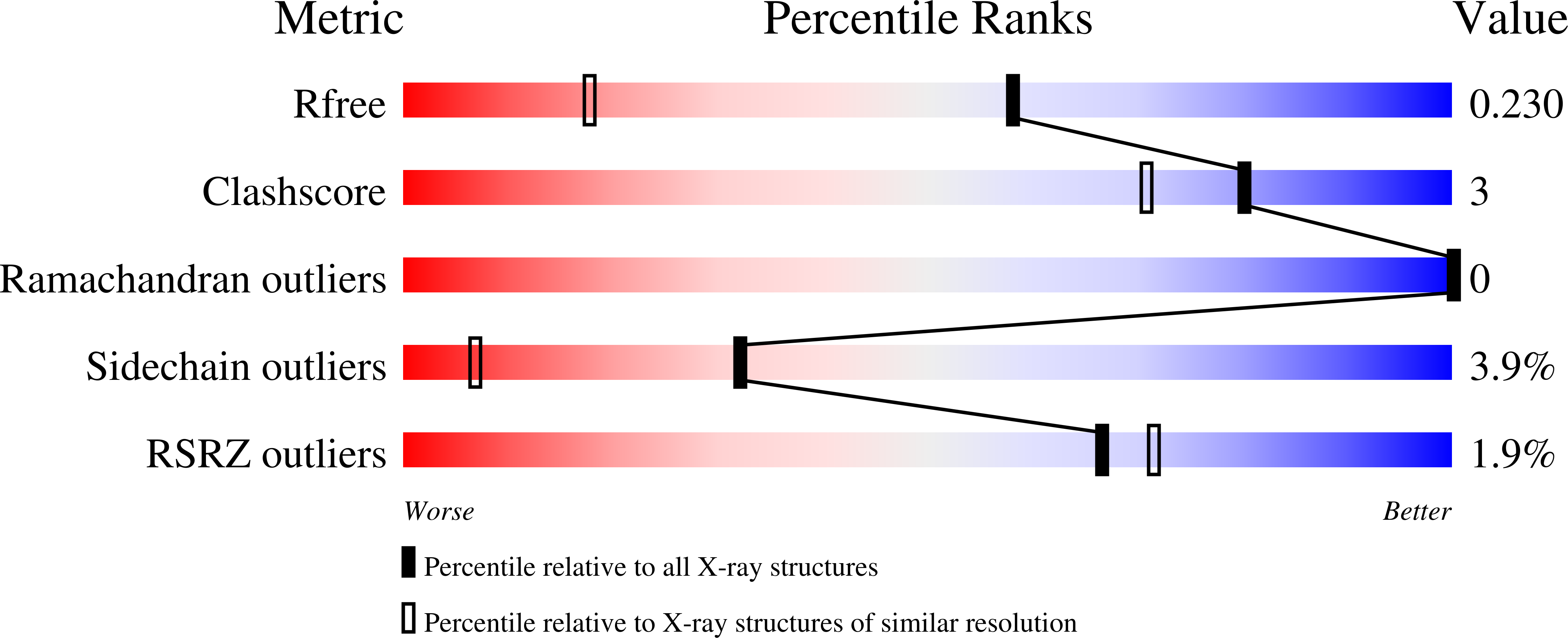
Deposition Date
2003-05-23
Release Date
2003-06-24
Last Version Date
2023-08-16
Entry Detail
PDB ID:
1PF3
Keywords:
Title:
Crystal Structure of the M441L mutant of the multicopper oxidase CueO
Biological Source:
Source Organism:
Escherichia coli (Taxon ID: 562)
Host Organism:
Method Details:
Experimental Method:
Resolution:
1.50 Å
R-Value Free:
0.22
R-Value Work:
0.19
R-Value Observed:
0.19
Space Group:
P 1 21 1


